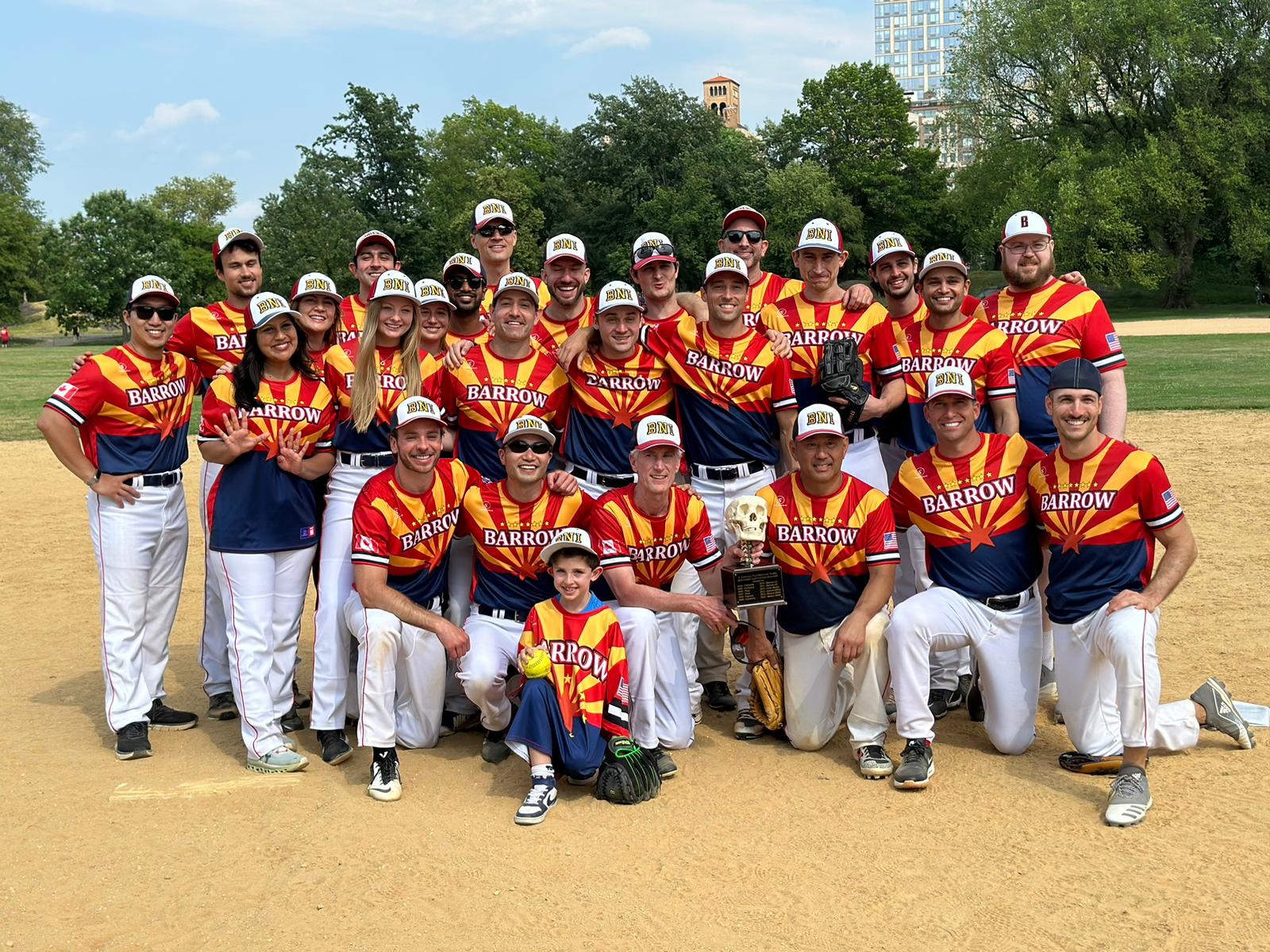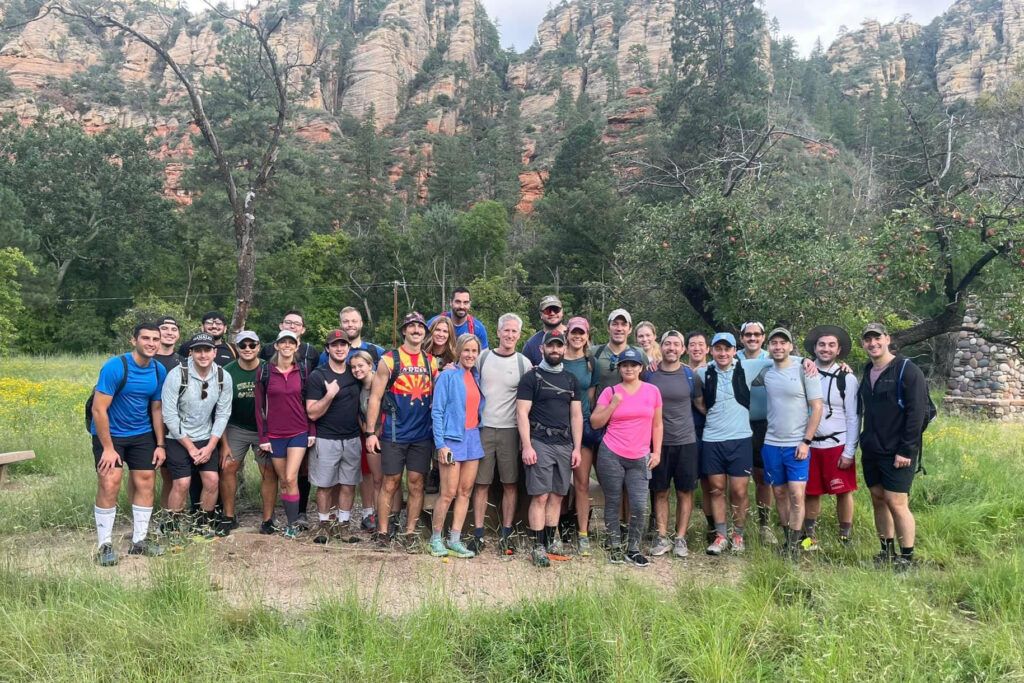
Barrow Uses ‘Surgeon-Athlete’ Model When Training Neurosurgery Residents
Amid the Final Four frenzy, the college players on the court aren’t the only students learning stamina and teamwork through sports. Barrow Neurological Institute in Phoenix uses a unique athletic model to train its neurosurgery residents as they prepare for a future life and career in neurosurgery.
Barrow President and CEO Michael T. Lawton, MD, says he often uses a “surgeon-athlete model” when training neurosurgery residents to build physical stamina and teamwork skills.
“Brain surgery is the most complex athletic-like event in the world,” says Dr. Lawton. “Dexterity, strategic thinking, training, endurance, focus. All the things that make a star athlete—you need that to be a good surgeon, too. When training future neurosurgeons, we not only focus on cognitive abilities but also on the attributes we associate with athletes as well, regardless of their athletic tendencies or whether they have played a team sport—though it turns out many have.”
“Brain surgery is the most complex athletic-like event in the world. Dexterity, strategic thinking, training, endurance, focus. All the things that make a star athlete—you need that to be a good surgeon, too.”
-Barrow President and CEO Michael T. Lawton, MD
Of the neurosurgery team at Barrow, at least six surgeons and residents played college basketball, college soccer, college football, college field hockey, and college or minor league ice hockey.
Barrow neurosurgery resident Alexander Greven, a former standout basketball player at Atlanta’s Emory University, says that while talent is essential to excel on the court and in the operating room, so are discipline, dedication and practice. Especially practice.

“You’re not born to be a basketball player, and you’re certainly not born knowing how to do brain or spinal surgery,” Dr. Greven says. “To prepare yourself, it takes repetition and discipline to get to the point where you can master that technique. It’s like getting up early in the morning and taking several hundred shots to work on your jump shot.”
Many Barrow neurosurgeons continue to pursue athletics even after they’ve traded their sports togs for a lab coat. As a team, they annually compete—and are the reigning champions—in the annual Neurosurgery Charity Softball Tournament hosted by Columbia University and held in New York’s Central Park.
Dr. Lawton borrows a sports-coaching technique by using “game film” of neurosurgery operations to instruct residents. At the end of each day, they gather in a theater on the Barrow campus for grand rounds sessions to review cases. These sessions have inspired three seasons of the Barrow Neurosurgery Base Camp web series.

Dr. Lawton says that an athletic background can be a positive point of experience for many neurosurgery residents. But unlike pro sports teams, Barrow doesn’t have many tangible metrics aside from grade-point averages and board scores.
“When you draft, so to speak, a medical student for a residency position, they’ve never opened a cranium or operated under the microscope,” Dr. Lawton says. “You do take a leap of faith. You don’t have metrics like a sports team does when it is drafting players. They know how fast the athlete runs, how much they can bench press, and other measurables.”
“When we pick our team, it’s long before we know how good they are. Our selections are based most importantly on grade-point average and board scores,” he says. “However, if they’ve shown an aptitude for sports or exhibit similar athletic attributes, we feel like that’s also a good predictor.”
